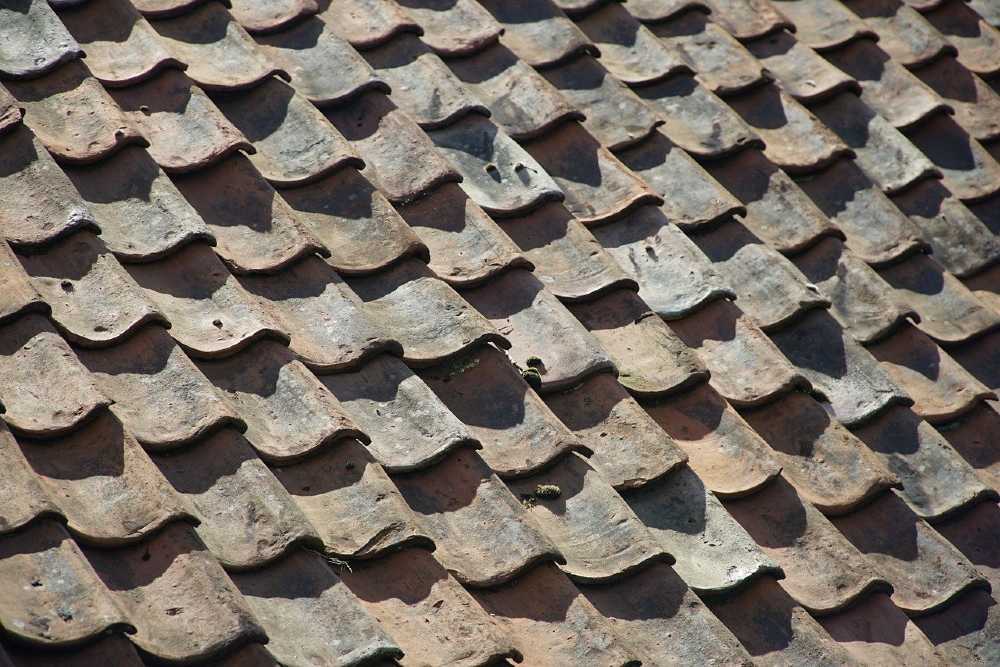Your roof is one of the most critical components of your home, providing protection against the elements and contributing to your home’s overall aesthetic and structural integrity. However, it’s also one of the most vulnerable parts, constantly exposed to harsh weather conditions, fluctuating temperatures, and other environmental factors.
Over time, these can take a toll on your roof, leading to wear and tear that, if left unchecked, can result in significant damage and costly repairs. Fortunately, with regular maintenance and a proactive approach, you can significantly extend the lifespan of your roof. Here are seven essential tips to help you maximize your roof’s longevity.
Regular Inspections: The First Line of Defense
Routine inspections are crucial in maintaining the health of your roof. Ideally, you should inspect your roof at least twice a year—once in the spring and once in the fall. Additionally, it’s important to conduct inspections after severe weather events, such as heavy storms or high winds.
During these inspections, look for common signs of damage like missing or damaged shingles, cracks, or leaks. Pay special attention to areas around chimneys, vents, and skylights, as these are often the first to show signs of wear. Early detection of problems can save you from more extensive damage and higher repair costs down the line.
Keep Gutters Clean and Clear
Your gutters play a vital role in directing water away from your roof and foundation. However, they can easily become clogged with leaves, twigs, and other debris, especially during the fall. When gutters are clogged, water can back up and seep under your roof, leading to water damage and rot.
To prevent this, make it a habit to clean your gutters regularly, particularly in the spring and fall. Installing gutter guards is another effective way to minimize debris buildup and reduce the frequency of cleanings. Properly maintained gutters ensure that water flows freely, reducing the risk of damage to your roof.
Trim Overhanging Branches
Trees add beauty and shade to your property, but they can also pose a risk to your roof if their branches extend too close. Overhanging branches can scrape against your roof during windy conditions, causing damage to shingles and other roofing materials.
In addition, falling leaves and twigs can accumulate on your roof, trapping moisture and leading to mold and mildew growth. To prevent these issues, trim back any branches that hang over your roof. Ideally, tree limbs should be at least 10 feet away from your roof. This not only protects your roof but also enhances the overall safety of your home during storms.
Address Minor Repairs Promptly
Small problems can quickly escalate into larger, more expensive issues if not addressed promptly. According to expert roofers providing emergency roof repair in Denver, a single missing shingle may seem insignificant, but it can allow water to seep into your roof’s underlayment, causing leaks and water damage.
Similarly, small cracks or holes can expand over time, leading to more extensive damage. As soon as you notice any signs of damage, whether during an inspection or after a storm, take action immediately. If you’re comfortable with DIY repairs, you can handle minor issues yourself; otherwise, it’s wise to call a professional roofer to ensure the job is done correctly.
Ensure Proper Ventilation and Insulation
Proper ventilation and insulation are key factors in maintaining a healthy roof. Poor ventilation can lead to heat and moisture buildup in your attic, which can cause your roof’s materials to deteriorate more quickly. In the winter, inadequate insulation can lead to ice dams, where melting snow refreezes at the roof’s edge, causing water to back up under the shingles.
To prevent these problems, ensure your attic is well-ventilated and adequately insulated. This will not only prolong the life of your roof but also improve your home’s energy efficiency, reducing heating and cooling costs.
Avoid Walking on Your Roof
It may be tempting to climb onto your roof to handle repairs or remove debris, but doing so can cause more harm than good. Walking on your roof can damage shingles, especially if they’re already weakened by age or weather. It also increases the risk of falls and injury.
If you need to inspect your roof or clear debris, use a ladder and binoculars instead, or hire a professional to do the work for you. By staying off your roof, you’ll minimize the risk of accidental damage and ensure your roof remains in good condition.
Schedule Professional Maintenance
While regular inspections and minor repairs are essential, there’s no substitute for professional maintenance. A qualified roofer can conduct a thorough inspection, identify potential issues that you might miss, and provide expert repairs and maintenance.
It’s a good idea to schedule a professional roof inspection every few years, even if everything appears to be in good condition. Professional maintenance can help catch small problems before they become major issues, saving you time, money, and stress in the long run.
Your roof is an investment in your home’s safety, comfort, and value. By following these seven tips, you can help ensure that your roof remains in top condition for many years to come. Regular inspections, timely repairs, proper maintenance, and professional care are all essential components of a proactive approach to roof care.
By taking these steps, you’ll not only extend the lifespan of your roof but also protect your home from potential damage and costly repairs. Remember, a well-maintained roof is key to a secure and comfortable home.




